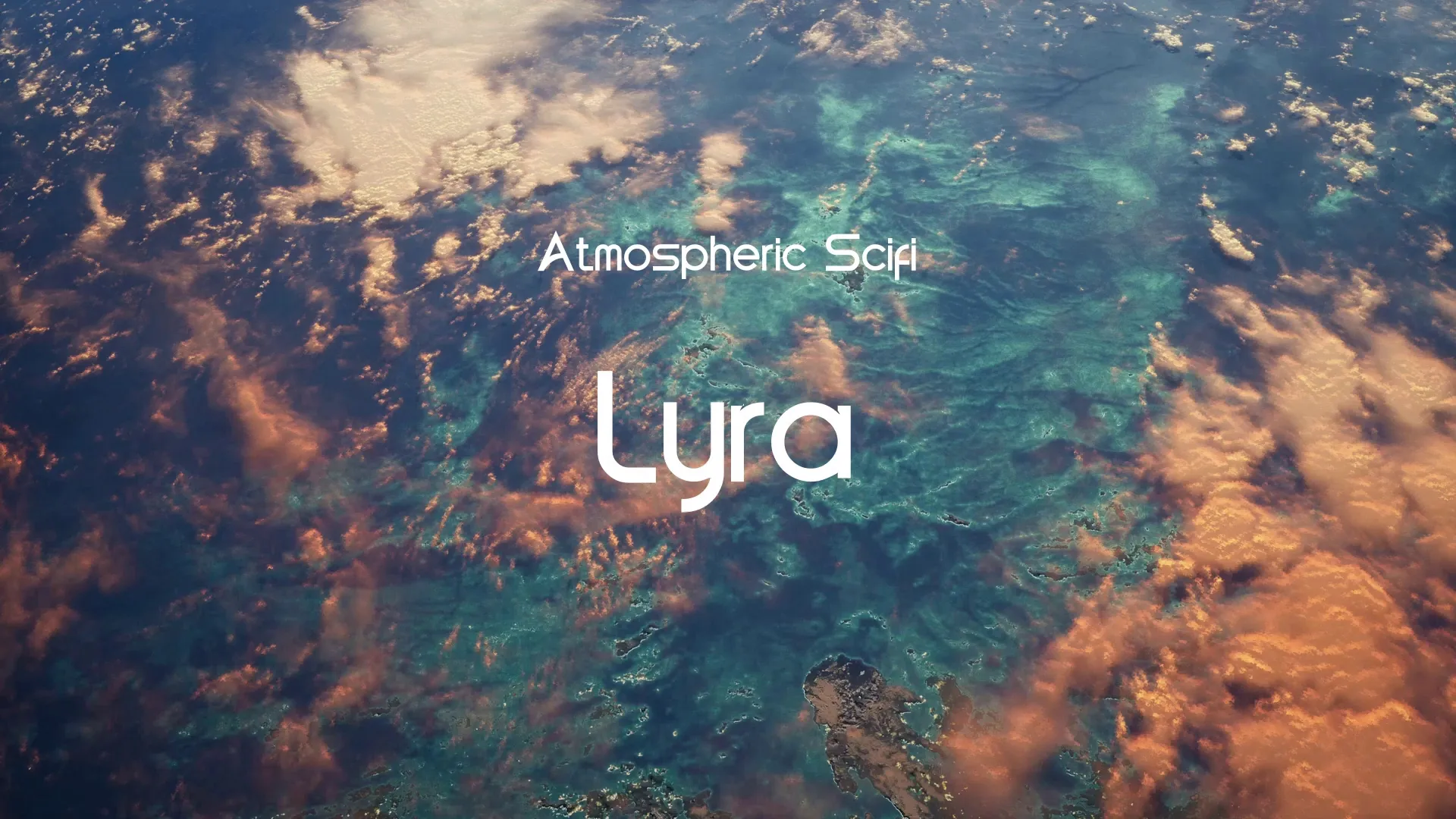Mastering Advanced Procedural Content Generation Techniques for Games
Mastering Advanced Procedural Content Generation Techniques for Games
Procedural content generation (PCG) moves beyond simple random level design. It’s about creating dynamic, emergent game worlds that offer replayability and depth.
Advanced PCG involves sophisticated algorithms and data structures to build complex, believable environments.
This approach lessens manual asset creation, allowing developers to focus on core game mechanics.
Understanding Advanced PCG Paradigms
Moving beyond basic noise functions requires a grasp of advanced PCG paradigms.
These include generative grammars, agent-based systems, and constraint satisfaction.
Generative grammars, for example, define rules for constructing complex structures from simpler elements.
This method is effective for creating cities, dungeons, or even entire ecological systems.
Agent-based systems simulate interactions between autonomous entities to produce emergent patterns.
Consider using this for dynamic world evolution or character behavior in your procedural content generation techniques games.
Constraint satisfaction ensures generated content adheres to specific design rules, preventing nonsensical outputs.
This is crucial for maintaining gameplay balance and aesthetic coherence.
Implementing Sophisticated Generation Systems in Your Game Engine
Integrating advanced PCG into your game engine requires careful planning and robust architecture.
Performance is a primary concern, especially for real-time generation or very large worlds.
Create a free account, or log in.
Gain access to free articles, game development tools, and game assets.
.webp)
.webp)





















